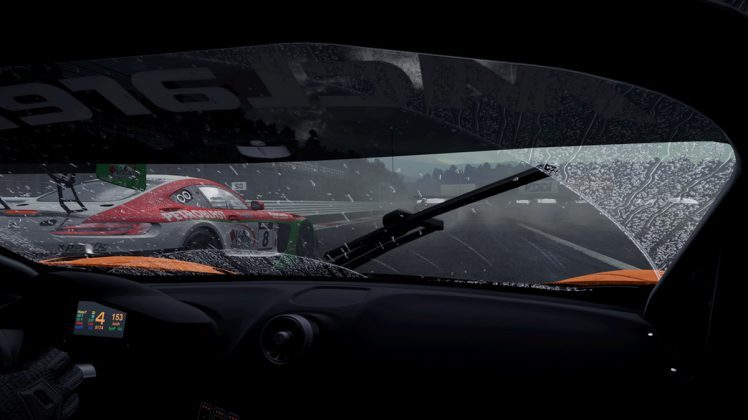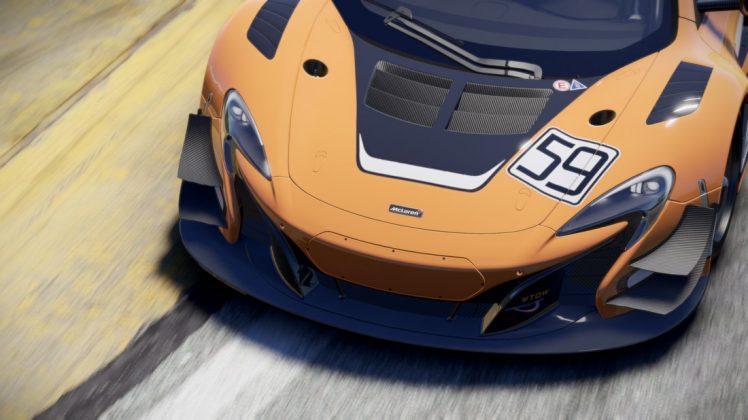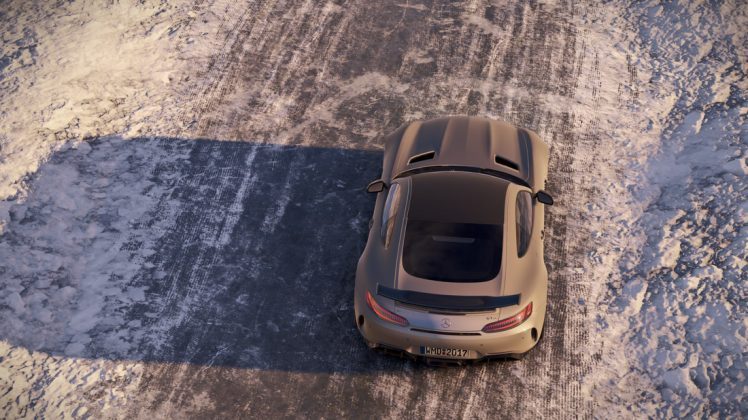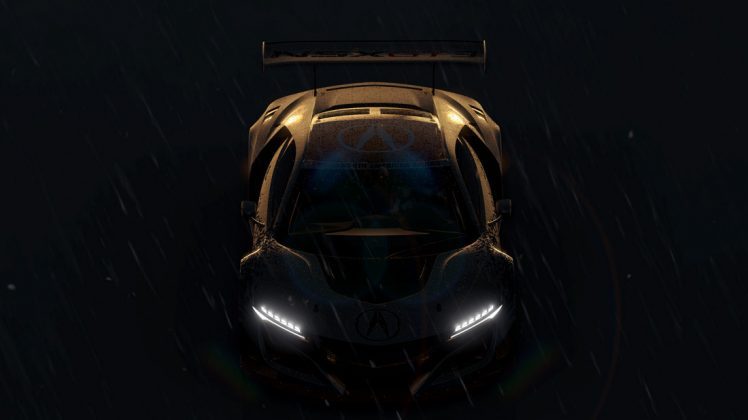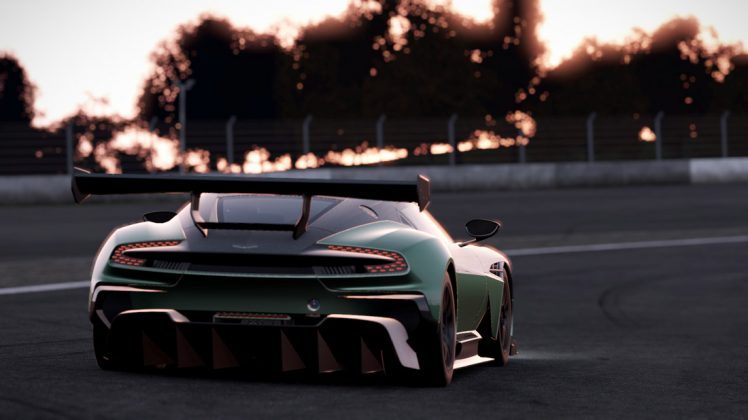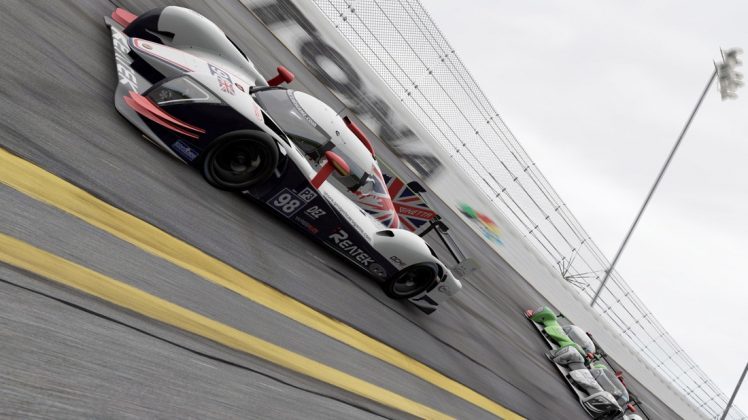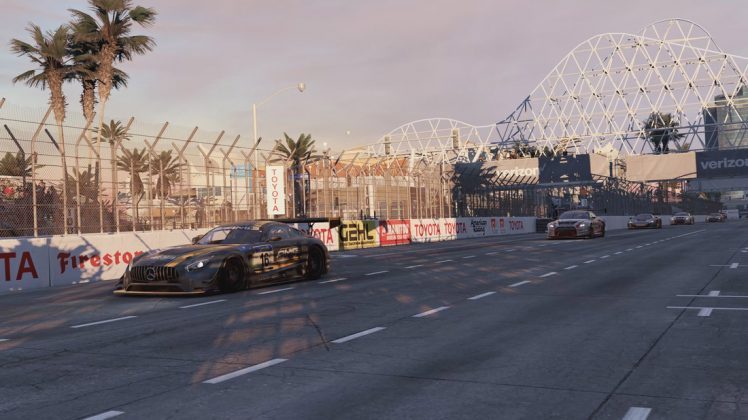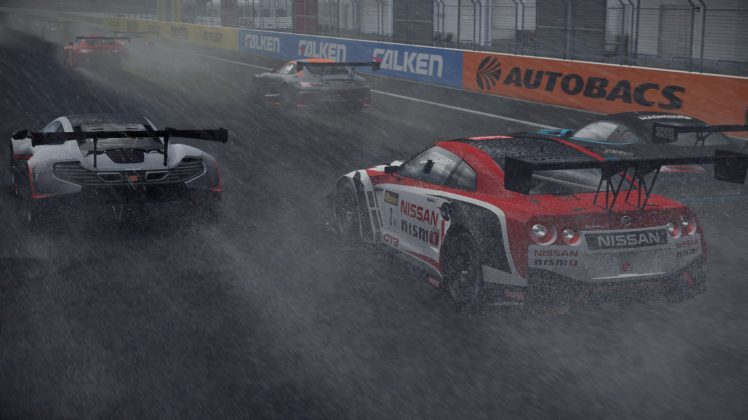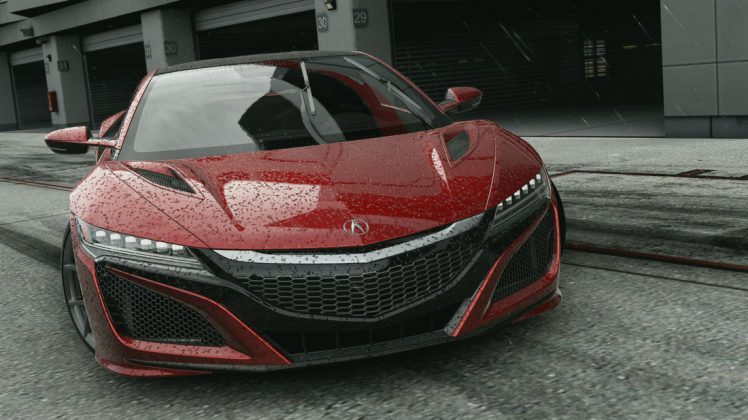Slightly Mad Studios has begun the promotional campaign for Project CARS 2, revealing a new trailer and some new details. Now due ‘late 2017’, the game has confirmed VR support for PC, while PSVR support is in development but not yet promised.
The Project Cars 2 media blowout has begun, with an official ‘announce’ trailer, new screenshots and footage following the recent leaked trailer. Some of the clips remain, but the shots of Ferrari and Porsche models have disappeared—probably saved for a future ‘reveal’, as the inclusion of these legendary manufacturers is a huge deal for the title. Instead, we get a good look at some exciting new models, such as the Aston Martin Vulcan and Honda/Acura NSX road and race versions, along with some stunning footage of Fuji Speedway, a track that many Gran Turismo fans will be familiar with.
The official website has been updated, restating some of the known features about the game, and clarifying a few other details. Virtual reality is, as expected, once again supported on PC, primarily for the Rift and Vive. In fact the developer states, “VR, 12K, 21:9, and triple-screen support built-in,” which will go down very well with enthusiasts; calling out all of these display options immediately ticks boxes that were missing in the first title.
By targeting console and PC racers, the original Project CARS had the incredibly difficult task of meeting the needs of a very wide audience; it worked for some, but never really hit the mark for many enthusiasts, and it struggled to appeal to the casual player with its confusing UI and menu presentation. With the sequel, Slightly Mad Studios have pushed hard in both directions, claiming to have ‘raised the bar’ on simulation, while improving the experience for the beginner too.
Speaking to Gamereactor, game director Stephen Viljoen describes how the free-form career mode of the first game was lost on many players, as they simply didn’t realise that you could start with any racing discipline, and that the progression through a season was unclear. Now that the sequel includes even more motorsport types, such as Rallycross and IndyCar, it has been essential to present the career paths and various options in a more logical manner, so we can expect to see major improvements to the UI.
In an ongoing Q&A on the GTPlanet forums, CEO Ian Bell has been answering some of the more specific concerns, such as the state of gamepad support, which was considered to be less intuitive than Forza and Gran Turismo.
“We’ve massively reworked our pad input filters to try to pre-empt what the user wants to happen, in coordination with what actually happens in game. It’s been rewritten from scratch and we’ve been influenced a lot by what our competitors do here… I think it’s a very affirming experience for pad users now”.
And addressing a PC-specific concern regarding the poor performance of the first game on AMD graphics cards, both in VR and otherwise, in comparison to Nvidia equipment, “we’re massively better on AMD cards now. Particularly on dual+ setups.”
PlayStation Access’ summary video of the major features skilfully avoids the elephant in the room, PlayStation VR support. Project Cars on PS4 was once due to receive VR treatment, but it never happened, so the team is being more cautious about what they say this time. In an interview with Red Bull, creative director Andy Tudor reveals that they are actively trying.
“With PSVR we can’t confirm that it’s definitely coming, but our team are hard at work on it. The reason I can’t confirm that it’s definitely going to come out is because there’s a lot of work required to get the game running to our standards. Because of the two screens that you need, because of the frame rate that you need to keep up in order for the whole experience to be comfortable, and because of all the stuff we’re throwing into the game”.
With ‘over 170’ licensed cars and ‘the largest track roster of any console racing game’, Project Cars 2 will no doubt be an impressive collection of content, but more importantly, it appears to be addressing many of the criticisms of the first game. Simply by having more time to iterate on their existing technology such as the advanced tyre model and dynamic track system, the sequel is surely set to be a more mature, polished product.

